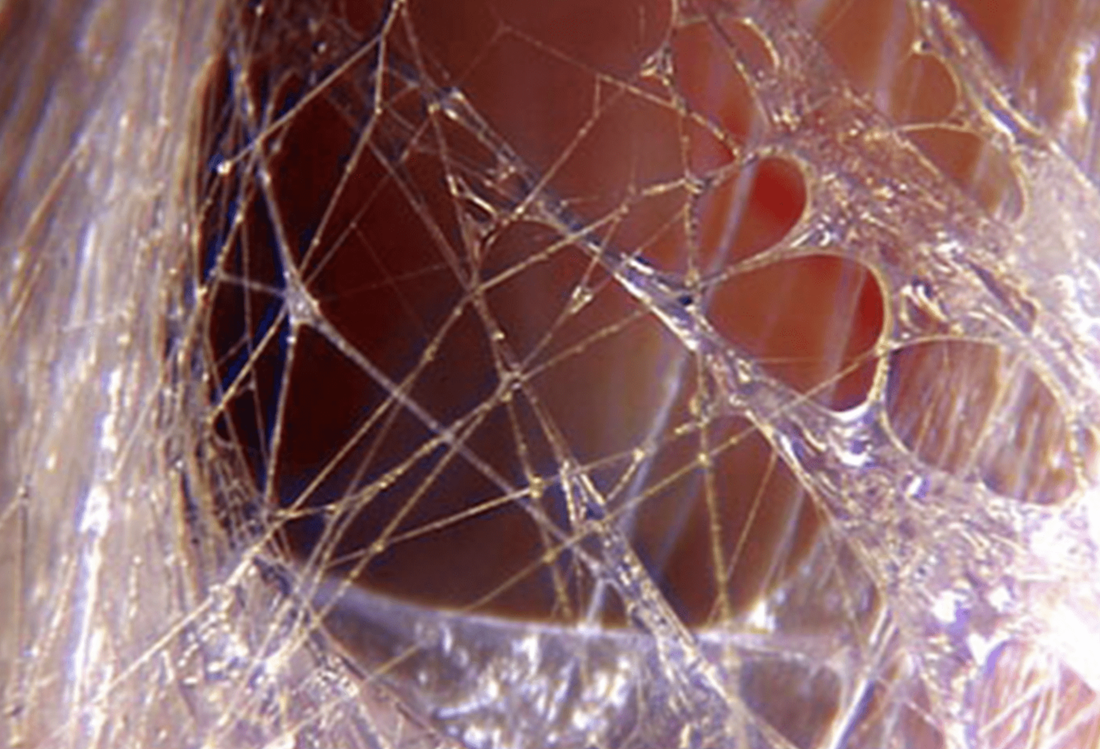Fascia is a 3 dimensional fluid based network that creates stability and connectivity in the body. It surrounds, connect and supports our muscles, organs, bones, tendons ligament and nerves. It separates structures of the body like the segment of an orange. It is not seen on MRI or Xray and is often disregarded. However fascia has 6-10 times more sensory nerves than in the nervous system so this is why when you have an injury or a restriction in your fascia it hurts and sends signals to your brain. It is found all over the body from the top of your head to the tip of your toes, and during a craniosacral Therapy treatment we are working with the fascia.
WHAT IS FASCIA MADE OF?
Elastin - elastic protein fibre that allows for stretching and contraction which allows our skin to bounce back to its normal shape
Collagen- an inelastic protein fibre
Ground substance which is a viscous gel like substance that allows the fascial layers to glide over each other.
Cells mainly immune cells like macrophages and mast cells.
WHAT DOES IT DO?
Healthy fascia will glide over its self and over muscles allowing the muscles to move easily and freely
It hardens if injured causing restriction/ scar tissue. When fascia gets loaded it results in injury fibrosis and adhesions, further thickening the fascia and disrupting movement.
It transmits messages to the brain which include pain messages.
It plays a role in stress regulation, immune health, nutrient absorption, waste elimination and acts as a shock absorber. It carries messages through the neuro endocrine system which has impact on hormone control.
WHY DO YOU NEED TO KNOW ABOUT FASCIA?
WHAT CAN YOU DO TO HELP YOUR FASCIA
Keep hydrated, sip water throughout the day.
Keep moving, when we sit or are static for long periods of time the fascia can become stuck and we become stiff, similar to a dried up sponge, which becomes hard and misshapen. To get the sponge to become flexible again we need to put it in water but also swish it to get it to absorb the water. Fascia is like to sponge. In the image above we see healthy fascia, notice the fluid droplets that keep it hydrated and able to slid and glide.
Does your fascia look like this, or is it dehydrated, stiff and stuck?
If you would like to know more please get in touch.

 RSS Feed
RSS Feed